Ahead of his time: the genius of Nikola Tesla
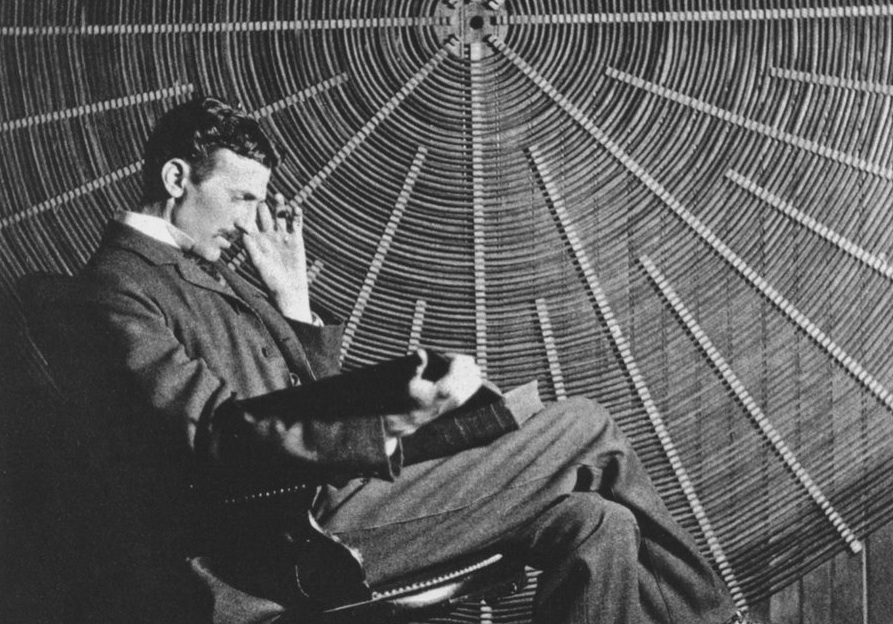
There is a dominant theme in the life of Nikola Tesla. His undoubted genius. Tesla pioneered, if not invented; AC motors, AC power generation and transmission, high voltage generation (Tesla coil), wireless transmission of power and information, radio controlled boats, cold discharge fluorescent lighting, and the ‘death-ray’.
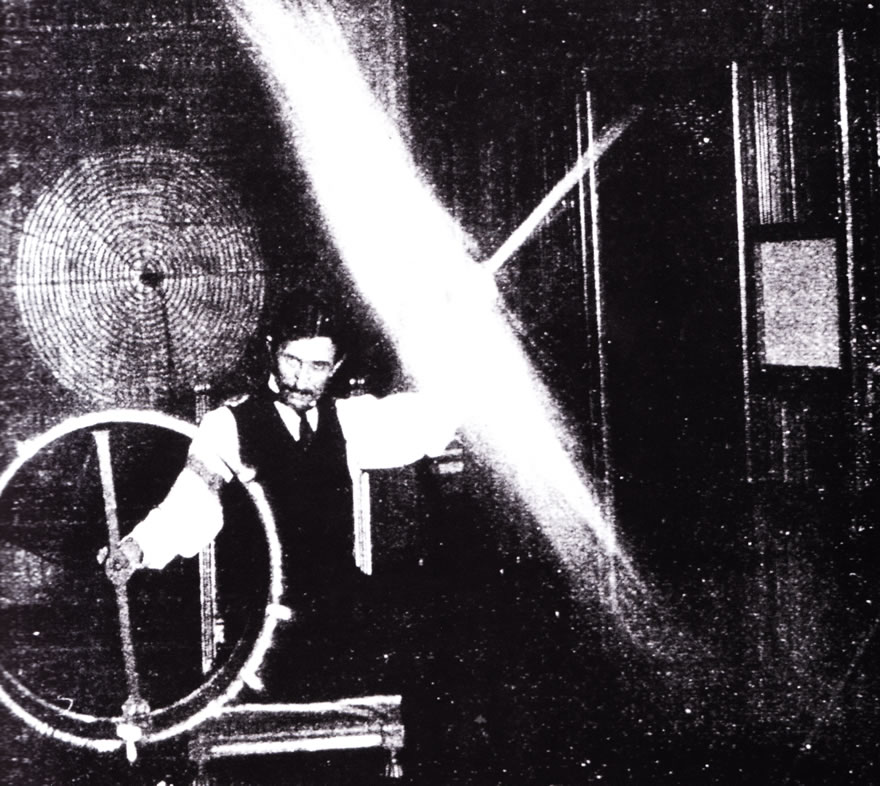
It also meant that he was ahead of his time, in many cases unable or disdainful to translate what to him was now obvious to those of lesser vision or ability. This resulted in tempestuous clashes with entrepreneurial inventors in three major technologies, technologies that defined this as the ‘Age of Electricity’. Tesla’s was no ordinary progression in life and its colorful and quirky story continues to determine his eccentric place in history – from near invisibility to cult figure.
Two books: many stories
My prompt for this writing this essay was my recent reading of two books on Tesla’s life. His autobiography; My Inventions and other writings, first published serially in 1919 when he was 63, is a technicolour, frenetic meditation on his major discoveries and innovations. It is autobiographical, mixing his life stories with his inventions, the narrative leaping around in time and place as Tesla seemed to in real life. Worth reading to obtain some of the character of Nikola Tesla – even if coloured by his own deliberate self mythologizing.
The second book Wizard: the life and times of Nikola Tesla (by Marc Seifer) captures much of the excitement of this early age of electricity. This book is a chronology of Tesla’s life, informative in its research and illuminating with its vignettes drawn from contemporary memoirs. At the same time its chronological presentation provides a misleading sequential perception of his life.
Seifer also lacks the engineering or science competence to describe in simple terms the genius of Tesla’s inventions. An essential for a biography of someone whose whole life revolved around his work. In the concluding chapters Seifer’s writing starts to take on the ludicrous credulity of the conspiracy theorist – which is a pity the rest of the book is clear of this nonsense.
In defense of Seifer I think it would be challenge for any biographer to tell the whole Tesla story. Tesla was completely consumed by his ideas and inventions, eschewing most intimate contact – to the extreme of apparently being celibate his whole life. To make credible his fantastic life is a challenge. Furthermore, a modern reader, it most cases will struggle in comprehending the archaic technical descriptions and ideas.
The dawn of the Electric Age
This was an age when electricity and magnetism had only recently been linked by the arcane mathematics of James Clerk Maxwell and electricity was still thought to propagate by vibrations of an aether. Tesla was one of the few people alive who understood the physics of what we now call electromagnetism, and could also translate this into tangible inventions.
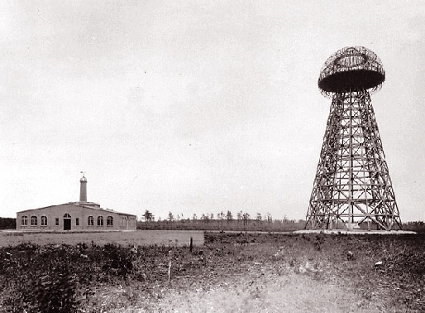
Tesla’s name is associated with the invention of the rotating magnetic field and the ability of such a field to produce an electric current. By 1882 Tesla had invented and patented the AC polyphase motor – giving the ability to transfer electrical energy into mechanical energy. The reverse of this creates a turbine that converts mechanical energy, from say a waterfall, into electrical energy.
Tesla’s move, in 1884, from Europe to the USA was to develop his own inventions and contribute to Edison’s commercial interests. This collaboration parted ways over what became the AC-DC power war. Edison’s commercial interests were firmly focused on his incandescent lamps and the use of DC power (direct current; such as we get from a battery). Tesla had correctly intuited from first principles that alternating current (AC power as we now operate our homes and industries on), as different to DC power, could be transported by wires over great distances with minimal power loss.
Ultimately Tesla was proved both scientifically and commercially correct. It was his turbine designs that Westinghouse used in the first major hydroelectric power station in the world – the 1894 powering of Buffalo by the might of Niagara falls.
This was a tumultuous period of commercial expansion. The ability to power industry by electricity rather than steam was arguably a bigger leap than from manual to steam power – certainly in commercial terms. The ensuing law-suits and counter-suits over patent precedence in motors, generation and transmission, roiled across the US and Europe, making and breaking reputations and fortunes. These actions bringing Edison General Electric to its knees and forcing it to join with others to become General Electric.
Westinghouse prevailed, at the same time neglecting to pay Tesla royalties that he deserved – despite he not bothering to ensure he had written agreements. This disdain for the corporate conventions of the time cost Tesla both wealth and reputation. He moved onto other new ideas whilst others claimed his inventions in the law and popular press.
Father of the wireless
This was repeated in the next huge modernisation trend – the invention of the wireless transmission of information. By 1893 Tesla was demonstrating the transmission of electric power by wireless means most notably at the Chicago World fair. He delighted in amazing audiences with fantastic high-voltage discharge displays, passing millions of volts through his body and remote lighting of fluorescent tubes by radio frequency.
Already in 1891 he had discussed his “wireless telegraphy” and demonstrated the technology required in 1892. It was 1894 before Guglielmo Marconi would begin his teenage tinkering in the wireless field. So why do we remember the name of Marconi as synonymous with radio? Why did he share the 1909 Nobel Prize with Karl Braun rather than with Tesla?
It would appear from historical evidence that Tesla, in his own mind, had already proved it – and moved on. Whereas the entrepreneur in Marconi, much like Edison, was tenacious in development of his inventions. Tesla at this time had formed a company with the financier Pierpont Morgan to commercialise his wireless technologies. Morgan knew their was a fortune in wireless telegraphy and fluorescent lighting; provided they were developed sufficiently to present to investors as near commercial realities.
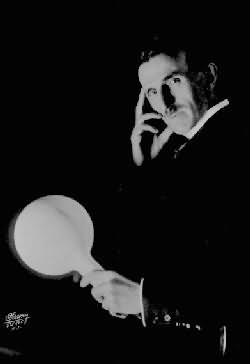
To this end Morgan had tasked him with demonstrating the fluorescent light technologies and maturing their manufacture and demonstrating his wireless by covering off-shore yacht races. The latter would have been a tangible demonstration for both the rich and the Navy. Tesla did neither. he scorned the triviality of the public demonstration – despite his very public earlier electric demonstrations. This left the field of wireless telegraphy (radio) for Marconi and other to develop. instead Tesla squandered the Morgan money on his other big dream – providing wireless transmission of electric power by radio.
Radio power, transmission and weapons
Tesla’s greatest dream was sure to be one not funded by the likes of Morgan. He envisaged a world where power and information were transmitted world-wide – for free. To this end he he used the money from Morgan to plan and start building a gigantic transmission tower, Wardenclyffe, in 1902. His philanthropic ideals and profligate spending meant that by 1906 his funding from Morgan had dried up, and his dream never realised. The tower was destroyed in 1917 by US Government orders to ensure that it was not used by enemies of the state.
In developing this idea he correctly understood the physics of wireless transmission both through the atmosphere and the ground. Laying down the principles that would guide the subsequent invention of both AM and FM radio.
A combination of creditors, stock market upheavals, World War 1 and the stock market collapse of 1930 ensured that Tesla could never raise the money required to bring about this revolutionary idea. A idea revolutionary even by the social standards and upheavals of the time.
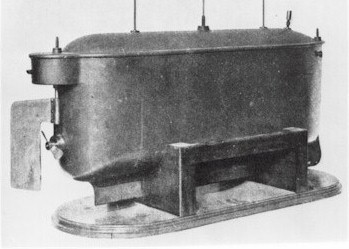
At the same time Tesla was a continuing fountain of new ideas. Perhaps given the turbulent times these included the world’s first radio controlled boat in 1898 which he continually and unsuccessfully tried to interest the US Navy in, improvements on dirigibles, a helicopter plane called a flivver and at the age of 78 a ‘death-ray’.
This latter ‘invention’ was never built nor even prototyped but harked back to experiments of Tesla in the 1890’s that were only a small step away from the invention of the laser. The ideas were sufficiently developed though to serve as mental prototypes for particle-beam weapons and strategic defense shields loved by science fiction writers and some politicians.
Modern nonsense
Apart from the tangible technological legacies left by Tesla’s prodigious genius there are also quixotically hare-brained modern legacies. These Tesla, if he were alive today, would scoff at. None more so than the Tesla “free-energy-generator”
This modern scam is based on the misrepresentation of Tesla’s laudable Wardenclyffe dream and his idea that you could use his generator as a receiver of the, at the time, newly discovered cosmic rays. The radio sophistication and development of radar during and subsequent to WW11 demonstrate the impracticality of large transmitters and receivers of radio power at the levels envisaged by Tesla. We now use networks of smaller powered repeaters (many of these satellites) to ensure uninterrupted radio/telephone/television coverage on a world-wide basis. As for cosmic rays, they are energetic, however of such low density (thankfully for life) that collecting sufficient power from them is impracticable.
That scams based on Tesla exist in this modern age is testament not to conspiracy theories as maintained by these swindlers. Rather it is testimony to Tesla being truly ahead of his time – a time of tumultuous technological growth, which he partially created without ever seeming to inhabit.
A complete biography of Nikola Tesla is still to be written. I believe it will require a writer who understands the science and engineering of Tesla’s age and who has the artistry to weave the many threads of his life into the dynamic, parallel genius of his life – teetering on the precipice of chaos – that was Nikola Tesla.
Orrman-Rossiter K (2013-01-30 00:07:53). Ahead of his time: the genius of Nikola Tesla. Australian Science. Retrieved: Nov 12, 2025, from https://ozscience.com/science-2/ahead-of-his-time-the-genius-of-nikola-tesla/
 Follow
Follow
Nice article Kevin. Tesla was a genius! It’s a shame he’s not more well known. I look forward to a biography.